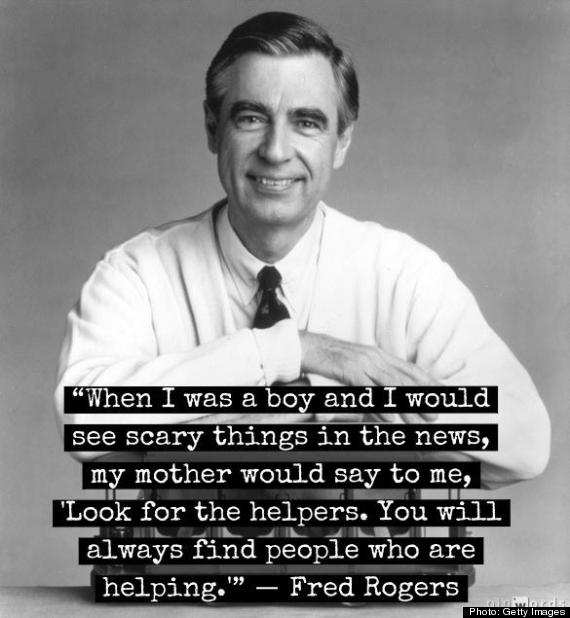My Grandmother Told Me To Tell You She’s Sorry by Fredrik Backman
Atria Books, 2016
ISBN-13: 9781501160486
Available: Hardcover/Kindle edition/Audio Download/Compact Disc
Elsa is seven, “going on eight”. Her world looks bleak: she is too mature for her age. and is bullied and friendless at school. Elsa’s parents are divorced. She lives with her mother, who is tied up in her work and has little time for Elsa. Fortunately, she has a tight bond with her grandmother. Granny is seventy-seven, a retired doctor with a mysterious past. For many years, she travelled the world helping others caught up in disasters, but spent little time at home raising Elsa’s mother.
Every evening at bedtime, Granny tells Elsa tales about a fantastic world called the “Land-of-Almost-Awake.” That world has kingdoms with battling armies, princesses, heroes and beasts. Granny and Elsa have a secret language. One kingdom is named “Miamas” because Elsa called pajamas, “mjamas”, when she was younger.
As the story progresses, the separation between the fantasy world and the real world becomes obscured. Elsa, her mother, and Granny live in separate flats in an old apartment building. Tenants in the other flats are cantankerous and quirky. Some might have superpowers and unknown connections to Granny’s past. Most are human, but two tenants, who are never seen, might not be. They are a hooded giant known as “Monster”, and the “Wurse”, a huge, hairy canine.
Then Granny dies, leaving Elsa the task of delivering letters of apology to some of the tenants, as well as other people she has known. Can Elsa evade malevolent creatures from the fantasy world she created with Granny as she tries to carry out Granny’s wishes? Will she learn who the tenants really are. and what Granny really did in her other life?
My Grandmother Told Me To Tell You She’s Sorry perceptively and sympathetically portrays an exceptional, young girl’s struggle to fit into a world in which she is too mature for her peers, yet excluded from the secrets of adults. When her Granny dies, Elsa loses her sanctuary and must try to reconcile her fantasy world with reality. The characters are well drawn, and the plot moves along with an appropriate pace. Fredrik Backman has written two other novels, A Man Called Ove and Britt Marie Was Here. These novels also describe the dilemmas and problems misfits encounter in the world of ordinary people. Highly recommended for older children, teens, and adults.
Reviewed by: Robert D. Yee












Follow Us!